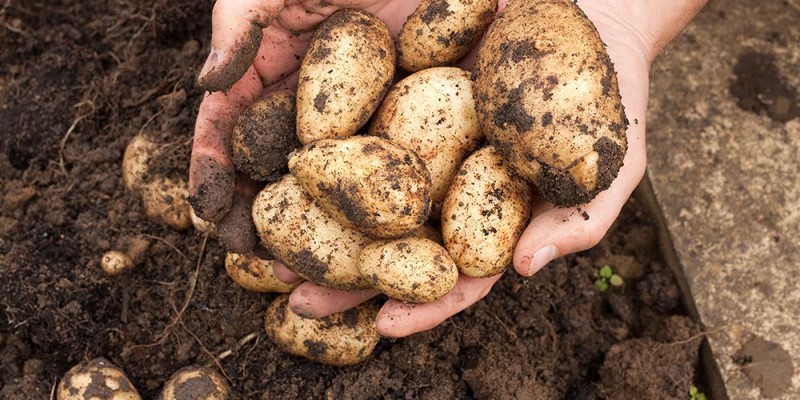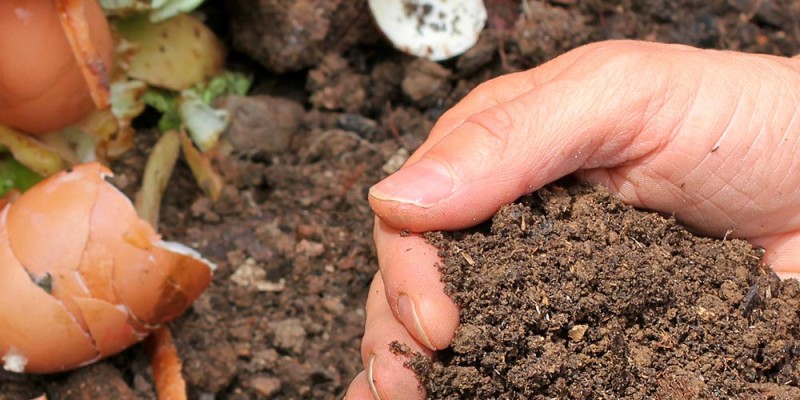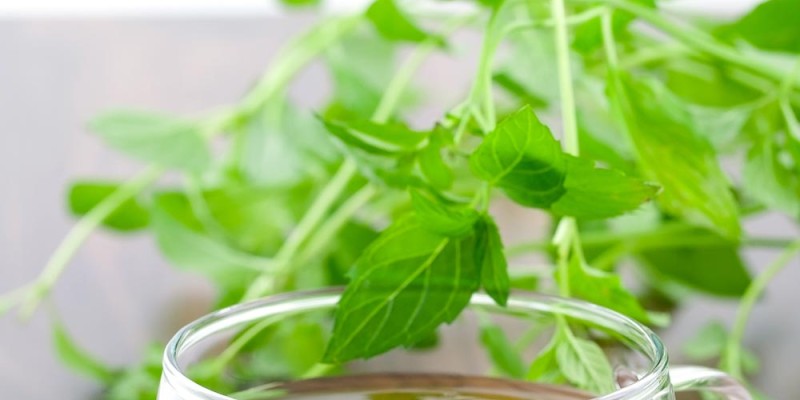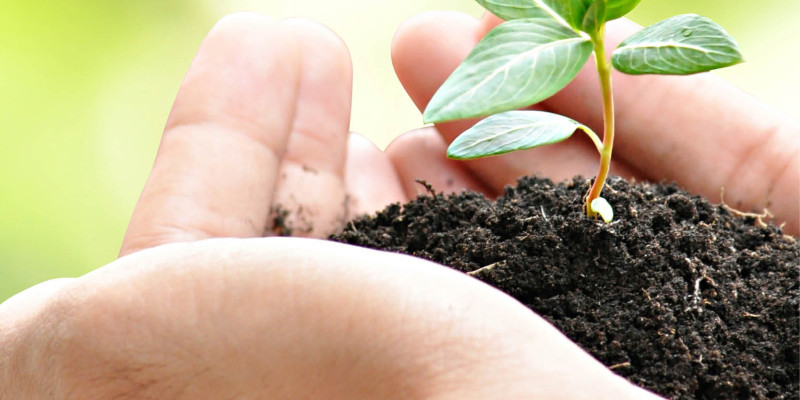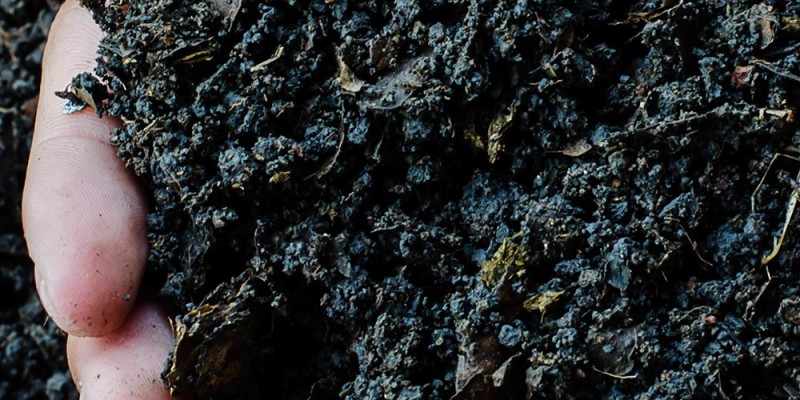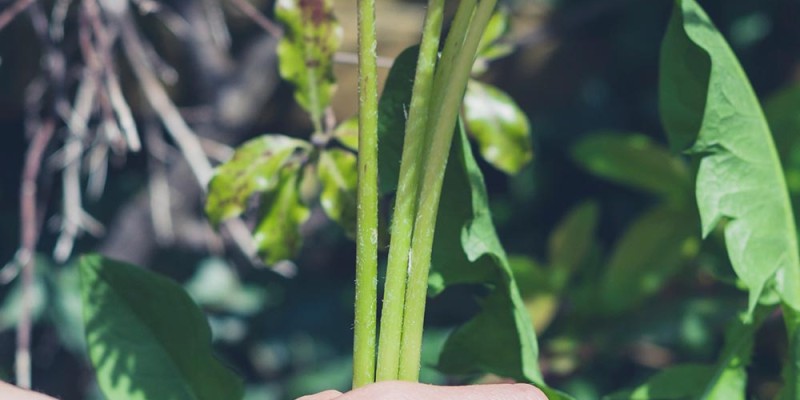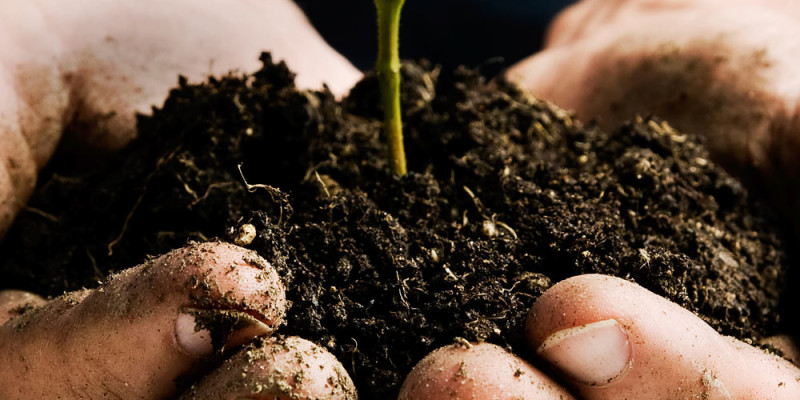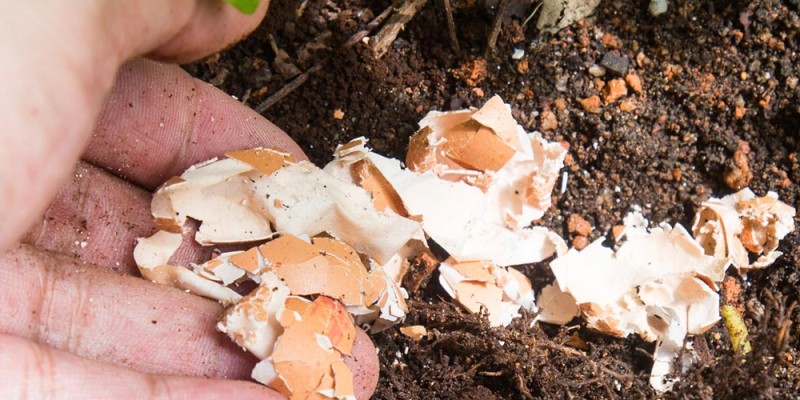Over the course of the testing garden assumptions series we have taken a look at a number for free and local resources. We have been able to establish that Autumn Leaves help add a wide variety of essential and beneficial elements and comfrey and used coffee grounds add some with a decent NPK.
They all have an immediate effect but over time continue to release more providing a steady stream of nutrients to the soil and plants. Today I thought we would test another common waste material may people generate every morning.
All over the planet many people start their day with a hot drink to give them a stimulating kick start. Where coffee is popular in North America Tea worldwide is said to rival if not exceed consumption levels.
Tea is essentially steeping a plant to extract flavour into hot water. As a by-product of this process you are often left with used tea leaves.[1] I thought today we would test the claim that used tea leaves can be used as to fertilize your plants.
We have completed the sister episode in this series where I took a look at spent coffee grounds and found that their use in the garden is supported. I will put a link at the end of this video.
In order to test this assumption we submitted a number of samples to Maxxam analytics for analysis.[5]
When the suggestion came through to evaluate tea I was not sure which variety to use. I grow mint to make tea but don’t have much experience past that. So I asked a few friends and Aaron from the UK offered to help. Aaron is an organic gardener whom has recently moved to a new allotment. He was kind enough to provide me with two samples of tea. P&G and Tetlies are the most popular brands of tea in the UK and likely represent commercially available tea the best.
In order to investigate I sent in three samples to test the hypothesis that tea leaves provide a source of essential and beneficial nutrients to plants.
Sample 1 was of unused tea leaves while the Sample 2 was of used tea leaves. I followed the instructions given to me by a friend of mine from England on steeping time and water temperature to produce the used leaves.
A second hypothesis that came up during this process was the use of cold tea as a liquid fertilizer. So we took a sample of the tea we had made and submitted it for analysis as well.
We have spoken a number of times about the essential and beneficial elements that plants require. We know that plants require 18 to be present in the soil of which we ran analysis for 15 leaving out Silicon, Sodium and Chlorine. [2] These were left out as the analysis packages are different and this method is consistent with the other products we have tested.
In order for the number to be statistically valid it must be more than 10x the detection limit of the test. Of these we found both used and unused tea leaves had 8/15.
The data that shows a number of results for these elements have a result lower than 10 times the detection limit. This indicated there is likely trace amounts however a reliable concentration is not available. With the trace elements Tea leaves have 12/15 missing only Cobalt, Molybdenum and Selenium that were below the detection limits of the test.
NPK represents the content by percent molecular weight of the Nitrogen, Phosphorus and Potassium. If you would like to see how to calculate this I there is a video link appearing now on screen.
The analysis showed that the unused tea leaves had an immediately available NPK of:
0.011 – 0.275 – 0.29
And the used tea leaves have an immediately available NPK of:
0.011 – 0.101 – 0.988
Over time as the material breaks down nutrients will be released from more complex molecules and will able to enter the nutrient cycle adding more value over time through composting or as use in a mulch layer.
So teas leaves provide trace elements and macro elements what is their pH and how might it impact your compost or soil.
Unused leaves reported to have a pH of 4.61 while use tea leaves had a pH of 4.84. Both are lower than a neutral reading of 7.0 and have a similar reading to the pH of a tomato. [4] Over time as the material breaks down the tea leaves will become much closer to neutral and as they are relatively weak acids will likely be neutralized by the soils buffering capacity resulting in no sustainable pH change to compost or the soil below a mulch layer.
As I mentioned earlier we did analyze tea of trace elements, available NPK and pH. Although the tea did have trace amounts of 9/15 beneficial and essential elements they are in much lower concentrations than the tea leaves. The NPK is also considered negligible while the pH was reported at 6.06 and is close enough to neutral to not have a significant effect on the soils pH.
In summary tea leaves are a great free and local resource to use in the garden. I will use spent tea leaves in my mulch or compost confident that over time it will contribute to the nutrient cycle. If I have any cold tea remaining I will likely use it on the garden but more so as a source of water rather than a fertilizer source.
On the next episode in the testing garden assumptions due to be released on the first Friday of August I will be taking a look at compost tea and compost extractions to see what they are made of and if they live up to the claims as an organic fertilizer and increased bacteria numbers.
Conversion to NPK
In order to convert the milligrams per liter or Parts Per Million to Percent we divide the combine nitrogen number by 10,000 as the analysis we represents just the nitrogen number.
Unused Tea Nitrogen
7.3 + 1.7 + 100 = 109 mg/kg
109 mg/kg / 10,000 = 0.0109 %
Used Tea Nitrogen
4.1 + 0 + 110 = 114.1 mg/kg
114.1 mg/kg / 10,000 = 0.01141 %
Tea Nitrogen
0 + 0 + 1.5 + 95 = 96.5 mg/kg
96.5 mg/kg / 10,000 = 0.00965 %
In order to represent the total percent molecular weight of the P and K we have to add the weight of the corresponding elements. [3] Phosphorus is most often found in P2O5 and represents 43.6% of the molecules weight. Potassium is found in K2O and represents 83% of the molecules weight.
Unused Tea Phosphorus P = 0.436 x P2O5
Available:
1200ml/kg / 0.436 = 2752 mg/kg
2752 mg/kg / 10,000 = 0.275 %
Total:
3200ml/kg / 0.436 = 7339 mg/kg
7339 mg/kg / 10,000 = 0.734 %
Used Tea Phosphorus
Available
440 ml/kg / 0.436 = 1009 mg/kg
1009 mg/kg / 10,000 = 0.101 %
Total
2400 ml/kg / 0.436 = 5504 mg/kg
5504 mg/kg / 10,000 = 0.55%
Unused Tea Potassium
Available
19,000 ml/kg / 0.83 = 22,891 mg/kg
22,897 mg/kg / 10,000 = 2.29 %
Total
19,000 ml/kg / 0.83 = 22,891 mg/kg
22,897 mg/kg / 10,000 = 2.29 %
Used Tea Potassium
Available:
8,200 ml/kg / 0.83 = 9,879 mg/kg
9,879 mg/kg / 10,000 = 0.988 %
Total
8,400 ml/kg / 0.83 = 10,120 mg/kg
10,120 mg/kg / 10,000 = 1.01 %
References:
[1] https://en.wikipedia.org/?title=Tea
[2] http://soils.wisc.edu/facstaff/barak/soilscience326/listofel.htm
[3] https://en.wikipedia.org/wiki/Labeling_of_fertilizer
[4] http://chemistry.about.com/od/acidsbases/a/phtable.htm
[5] http://www.albertaurbangarden.ca/wp-content/uploads/2015/07/140707_AlbertaUrbanGardenCertificateofAnalysisRevisedReport.pdf
